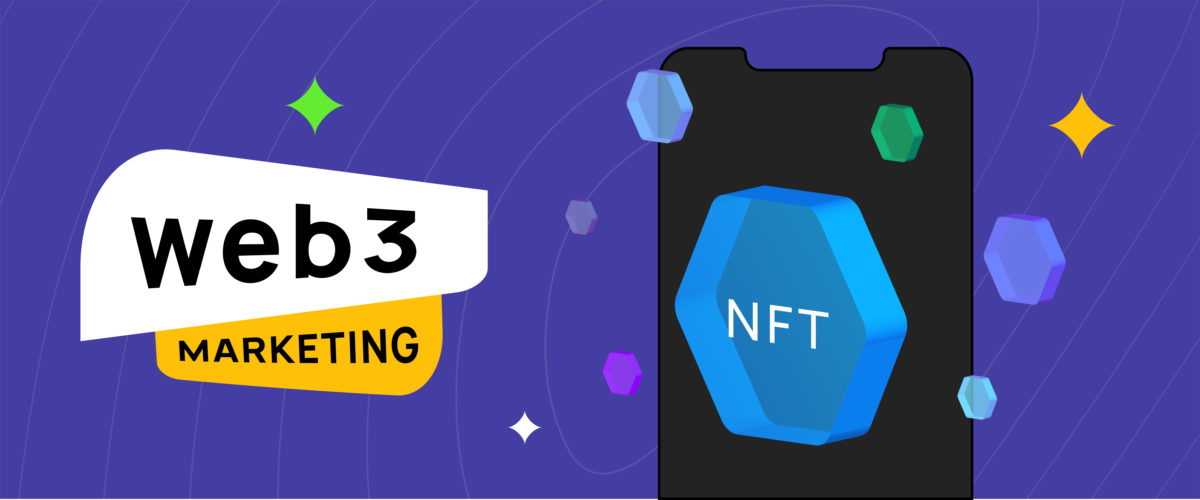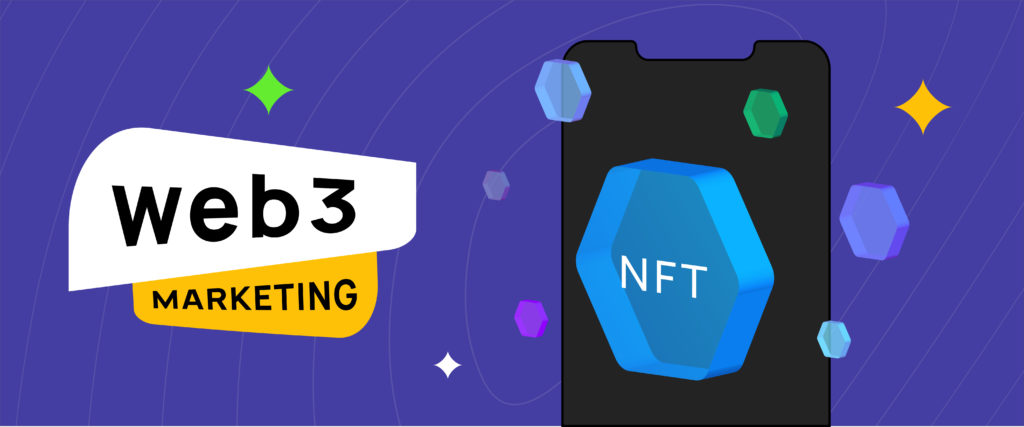Speaking of email marketing, let us start with the pinch points. Frankly speaking, landing your marketing emails outside the Junk box was already a triumph. What else would you expect for opens, click-throughs, conversions, etc.?
Email marketing is the most challenging digital marketing channel. Securing a conversion is like finding a needle in a haystack. Yet, it is still one of the leading digital marketing channels, alongside the web, mobile, and social media.
Email marketing remains a cornerstone of digital marketing strategy because it offers a direct line of communication to the audience. Your Clicademist provides an overview of some pinch points and recommends strategic solutions for successful email marketing.
Email Marketing Pinch Points
The list of email marketing pinch points can be rather long. Here are the most important ones.
- Acquiring and Retaining Subscribers
Acquiring new subscribers is a fundamental challenge, but retaining them can be even more daunting. High unsubscribe rates can indicate that content fails to engage or to provide value to the audience. - Deliverability Issues
Emails that end up in the spam folder or fail to reach the inbox altogether can significantly impact your campaign’s reach and effectiveness. - Low Engagement Rates
Low open and click-through rates can stem from unappealing subject lines, irrelevant content, or poor email send timing. - Design and Compatibility
Poor email design or lack of mobile optimization can lead to a frustrating user experience, causing subscribers to disengage. - Compliance with Regulations
Failing to comply with email regulations like CAN-SPAM in the USA or GDPR in Europe can lead to legal issues and damage your brand’s reputation.

Strategies for Email Marketing
To address these challenges, consider the following strategies, which are informed by industry best practices and expert insights:
- Segmentation and Personalisation
Tailor your content to different audience segments to increase relevance and engagement. Personalised emails that cater to the specific interests and needs of your subscribers can lead to higher open and click-through rates. - Quality Content Creation
Invest in creating high-quality, valuable content that resonates with your audience. This can help reduce unsubscribe rates and increase engagement. - Optimisation for All Devices
Ensure your emails are designed to be responsive and look great on all devices, especially mobile, as a significant portion of users access their emails on smartphones. - Testing and Analytics
Regularly test different aspects of your emails, such as subject lines, content, and send times. Use analytics to track performance and make data-driven decisions to improve your campaigns. - Automation and Triggered Emails
Implement email automation to send timely and relevant messages to your subscribers. Triggered emails based on user behaviour can significantly boost engagement and conversions. - Compliance and Best Practices
Stay updated on email marketing regulations and best practices to ensure compliance and maintain trust with your audience. Marketers can also use email marketing campaigns to communicate compliance commitments to the audiences for trust and goodwill.
By addressing the pinch points with these strategic approaches, email marketers can enhance the effectiveness of email marketing campaigns, foster better relationships with subscribers, and ultimately drive better business results.
Never stop learning, Never stop adapting. Sign up Clicademy for more marketing insights.


